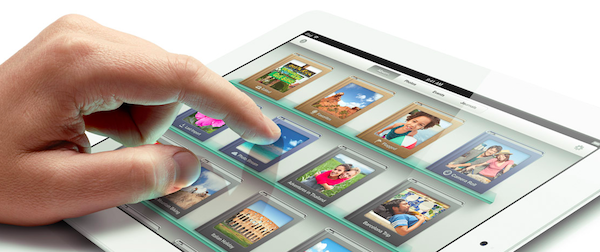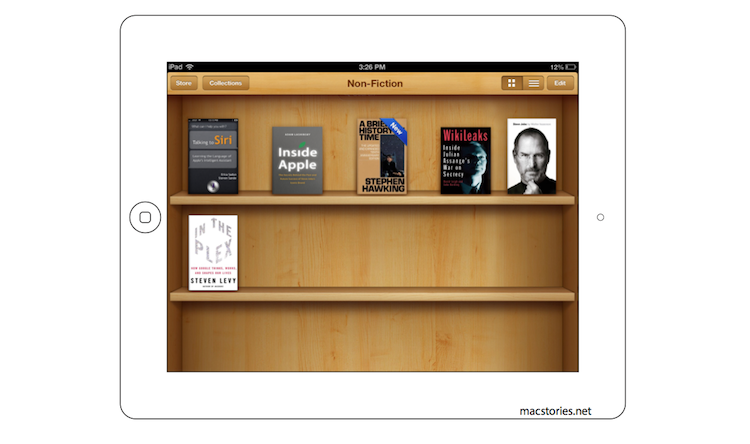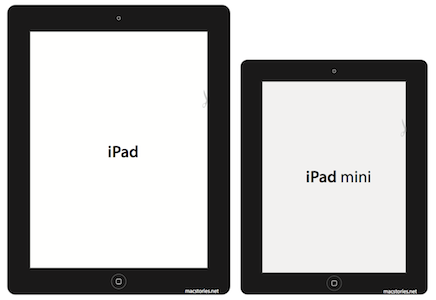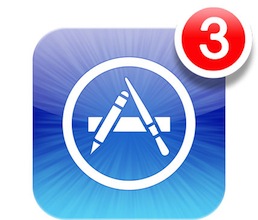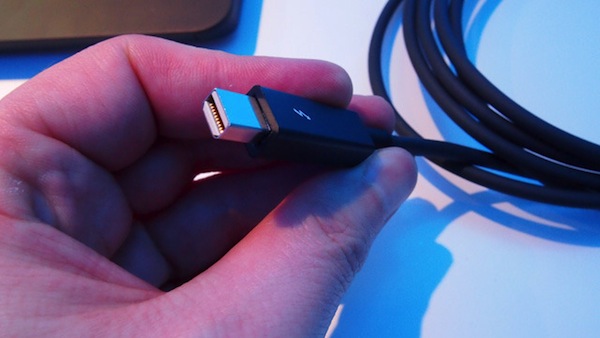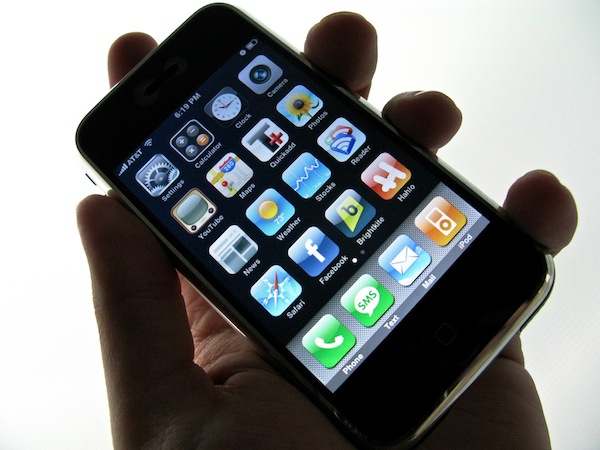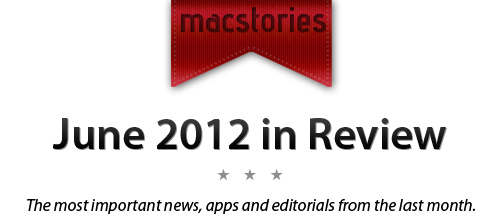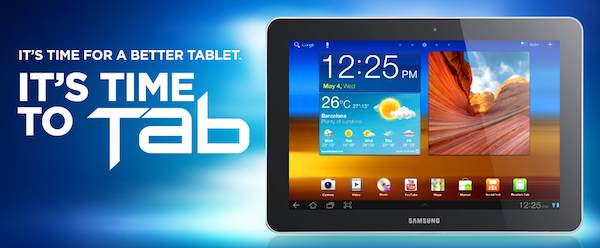Late Tuesday evening, Instapaper developer Marco Arment was met with a nasty surprise when some users updating to Instapaper 4.2.3 found that their updated app instantly crashed after opening. Upon investigating and hearing similar reports from other developers, Marco found that the App Store itself was corrupting app updates, leaving users with broken apps and developers with one star reviews from confused and upset customers. Writing at Marco.org, Marco addressed the issue to his audience and began gathering a large list of apps that were also affected, calling on Apple to quickly resolve the problem as developers dealt with the consequences.
On Thursday evening, Apple acknowledged the problem to AllThingsD and Macworld, informing the publications that the issue had been resolved.
Lex Friedman from Macworld writes,
Around 6:00 p.m. PT, Apple acknowledged the problem to Macworld, describing it as “a temporary issue that began yesterday with a server that generated DRM code for some apps being downloaded.” Apple added: “The issue has been rectified and we don’t expect it to occur again.”
Customers with affected applications should be able to delete and reinstall a working application through the App Store.
Additionally from Macworld,
Sources told Macworld that Apple will be removing one-star app reviews developers earned unfairly because of the company’s server issue.
As Matthew Panzarino from The Next Web points out, both Apple customers and developers have little to no recourse when problems like this occur. Developers currently have no way of effectively communicating with customers outside of developer blogs.
When the one-star reviews started rolling in, there was very little that developers could do to notify users of their app that it was an issue with Apple’s packaging of their apps, not the apps themselves. The users just saw that the app was crashing on launch and rated it accordingly.
Reinstalling applications also leads to users possibly losing information — Glasshouse Apps’ is still dealing with the aftereffects as the company prepares an app update and advises users on the best course of action that will keep their news feeds and data intact. The developers of GoodReader have also written a step-by-step guide that helps customers back up, reinstall their app, and restore data onto their devices.
While Apple has acknowledged and fixed the issues disrupting application updates on the App Store, they have not yet issued an apology to developers, nor did they want to themselves acknowledge that they’d be removing one-star app reviews apps received because of the error. If Apple should do anything more, they certainly need to reach out and apologize to developers, who’ve unfortunately had to run damage control to prevent one-star reviews and angry customers.
[Sources: Macworld via AllThingsD]


